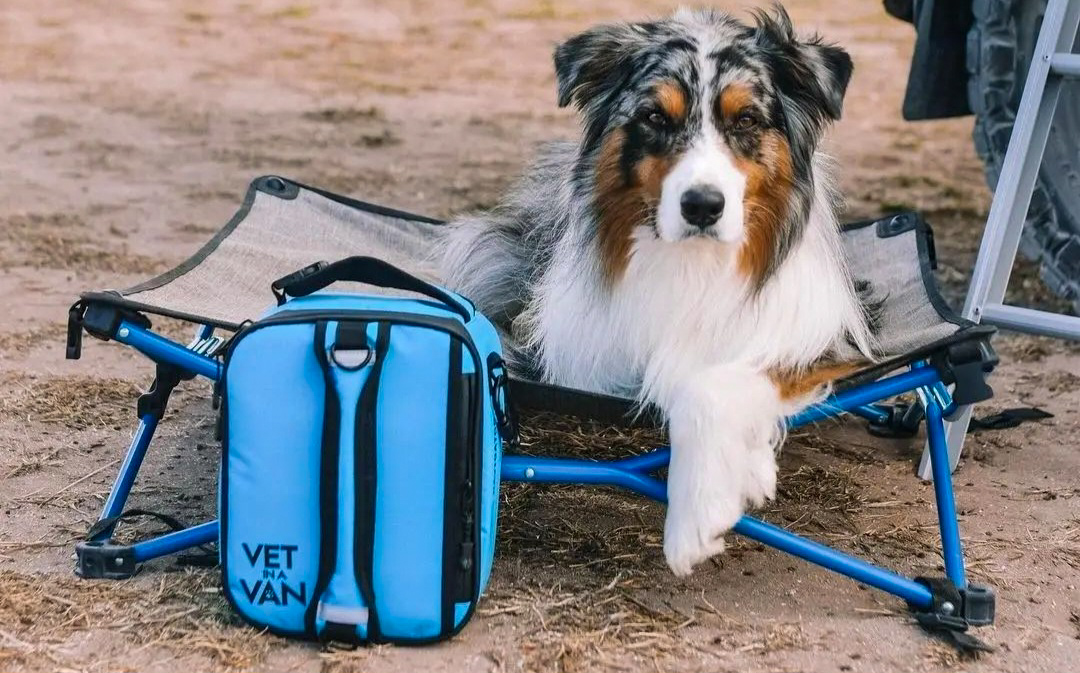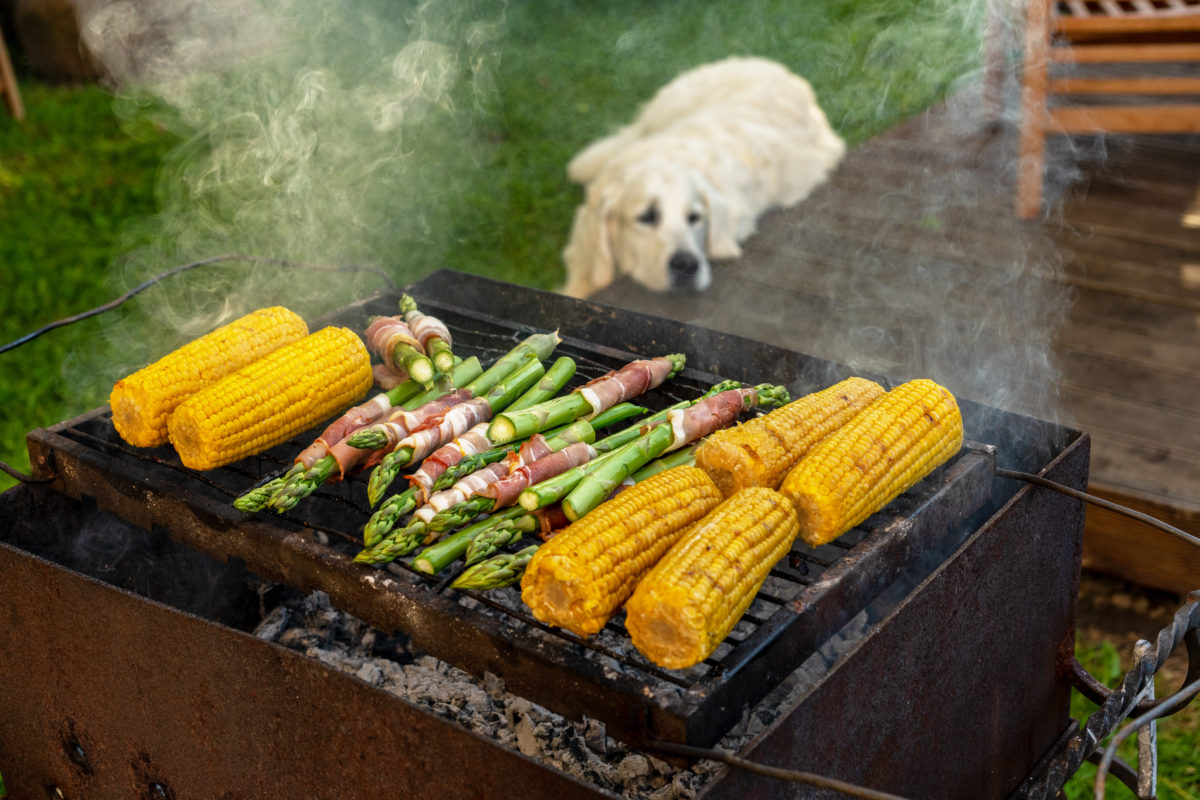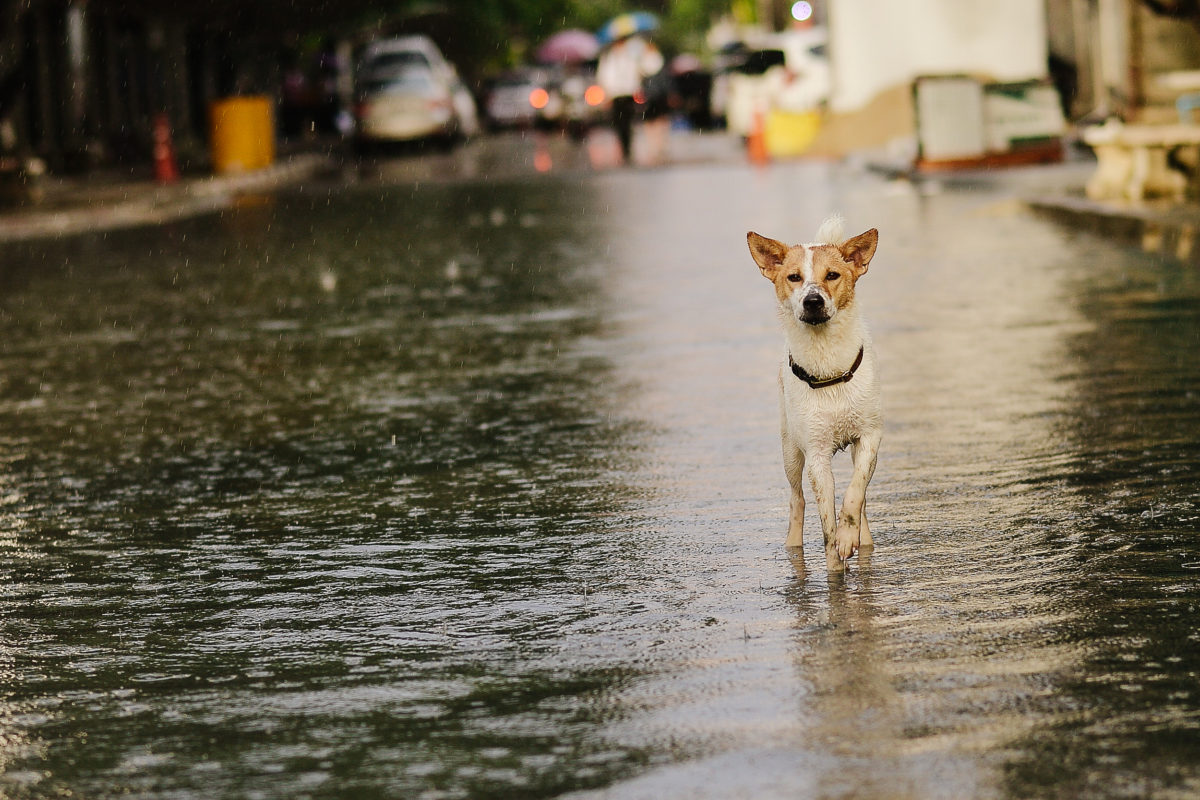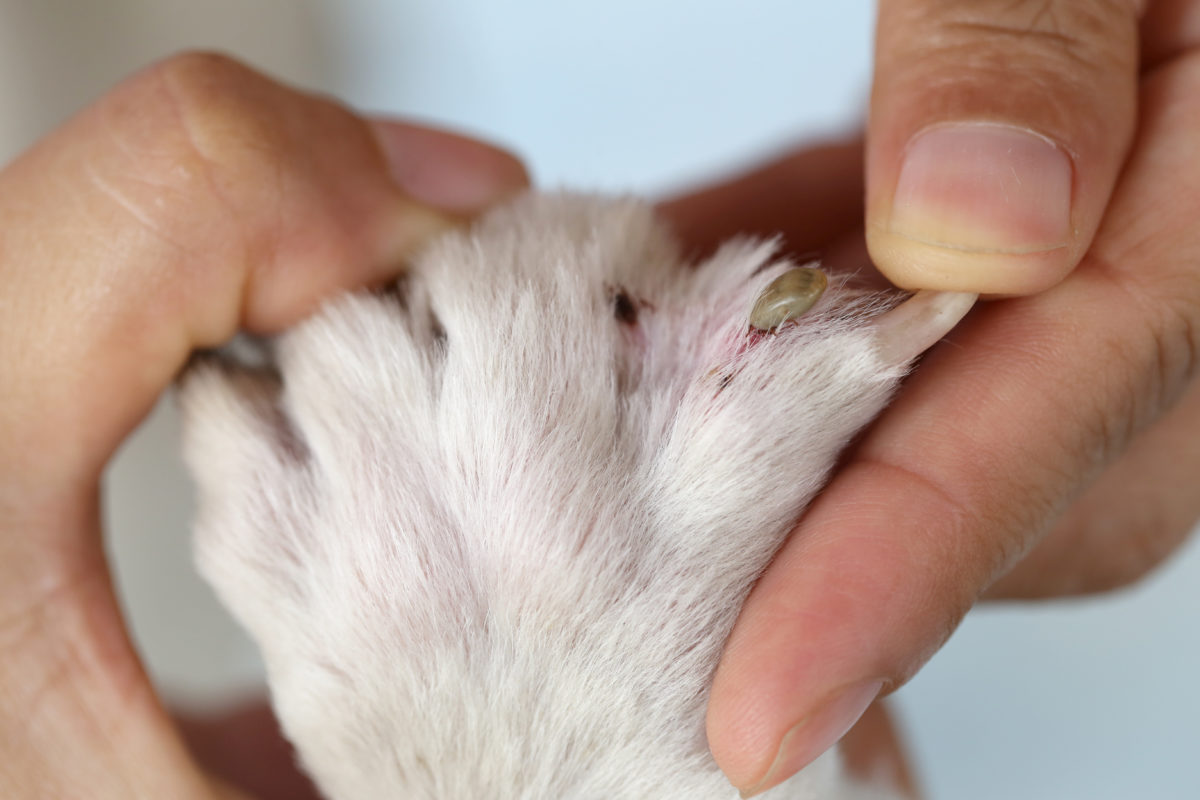What is 1080?
1080 (pronounced ten-eighty) is a solution containing a synthetic toxic compound (sodium fluoroacetate) based on the same toxin found in more than 30 different native Australian plants. It is commonly used in prepared or fresh meat or grain-based baits. The toxin is highly biodegradable so is broken down by natural soil bacteria over time (1-2 weeks under average conditions, but faster in hot and humid weather).
Why is 1080 used?
In Australia, 1080 is targeted at rabbits, wild dogs, foxes, feral pigs and feral cats to manage their populations and protect native wildlife and livestock. It is used for baiting feral species in Australia because our native species are relatively resistant to it (as they have evolved with it present in native plants), meaning that ferals can be removed without poisoning our unique Australian wildlife.
Where is 1080 used?
Commonly in National Parks, near beaches, on private land or anywhere that pest animals are threatening native wildlife or livestock. As a pet owner, stay vigilant and look out for warning signage for recent baiting. That said, baits may be picked up and spread by birds so don’t rely on baits only being present in signed areas. The toxin is assumed to stay active for around 4 weeks after distribution.
How much 1080 does it take to poison a dog?
Dogs are particularly susceptible to 1080 poisoning and may be poisoned directly by eating baits or indirectly by scavenging on poisoned carcasses. Unfortunately, 1080 poisoning is commonly lethal due to the delayed yet severe effects, but is treatable in early or mild cases.
The LD50 of pure 1080 is 0.11 mg/kg for dogs, meaning that a dose of 0.11 mg/kg would be lethal for 50% of dogs. Baits are recommended to contain 6mg of 1080, which would be lethal to most dogs up to 60kg, but this can vary. On a practical basis, as different baits contain different concentrations of the toxin, it is safest to assume that any dose ingested could be lethal.
1080 must be digested in order to cause toxicity, meaning that most clinical signs occur 30 minutes to 12 hours after ingestion. But, this also means that the vomit of an affected animal can be immediately toxic, so ensuring that other pets don’t have access to an affected animal or their vomit is imperative.
What are the signs of 1080 poisoning in dogs?
Signs can appear 30 minutes to 12 hours after ingestion, with the timing and severity of signs depending on the dosage consumed. After the onset of clinical signs, they tend to progress quickly, making it very difficult to treat or save a dog that is already showing signs, even if a veterinary hospital is just around the corner.
Signs include:
- disorientation or anxiety
- frenzied behaviour such as running or howling
- hypersensitivity to sound or light
- failure to respond to owner
- vomiting
- urinating and defecating inappropriately
- unconsciousness
- sudden death
I think my dog just ate something, what should I do?
- Act immediately. Don’t wait for your dog to show symptoms, which could take 30 minutes to 12 hours to occur. Better outcomes occur from faster intervention and treatment.
- Induce vomiting immediately, but ONLY if your dog is fully conscious and not showing any clinical signs. There are risks associated with making your dog vomit.
- Call your closest vet or the Australian Animal Poisons Helpline on 1300 869 738. Treatment is possible in early or mild cases, so drive carefully but get to a veterinary hospital quickly. Provide the vet with the following information:
- What poison or bait they ate
- An estimate of how much bait was eaten
- The time that your dog likely ate the bait
- Your dog’s weight
- If your dog has any existing health conditions or is on any medications
How to make a dog vomit:
- Always contact a veterinarian for advice first. Some situations and poisons can cause more problems if vomiting occurs.
- DO NOT induce vomiting if your dog is already showing signs of toxicity.
- Salt water is no longer recognised as a safe way to induce vomiting as it can cause salt toxicity.
- The safest method is Hydrogen Peroxide 3% – this can be purchased at a supermarket or pharmacy. Ensure that it is not expired by pouring a little down the sink and watch for bubbling. If there is no bubbling then it is unlikely to work. Do not use hydrogen peroxide in cats.
- Use a syringe to give 1ml of 3% hydrogen peroxide per 1kg of your dog’s weight into their mouth (example: a 5kg dog will get 5ml; a 10kg dog will get 10ml; a 20kg dog will get 20ml). Do not give more than 60ml per dog as this can cause other problems.
- The peroxide may start foaming in their mouth and within 5 to 10 minutes your dog will likely start licking their lips, drooling and looking nauseous.
- Most dogs will vomit within 15 minutes.
- If no vomit occurs after 15 minutes, repeat the same dose.
- Most dogs will vomit a few times then stop within 45 minutes. If vomiting continues, then seek veterinary assistance.
- Make sure your dog and other pets cannot access or eat the vomit.
- Wearing gloves, collect a sample of the vomit to take to a vet.
- Call a veterinarian for advice as further assessment and treatment will likely be required.
Prevention is better than treatment:
- Be vigilant. Be aware of areas where 1080 may be used. Local councils should have a record of any planned recent baiting, so call ahead before visiting a new location.
- If you’re camping or walking in an unknown area, keep your dog on a short lead or in an enclosed area. Don’t allow them to roam freely without supervision. That includes to go to the toilet.
- Teach your dog to wear a muzzle. A basket-style muzzle is best as it allows your dog to pant and drink whilst wearing it. Do not use restrictive muzzles that hold your dog’s mouth closed, they do not allow panting so your dog is at high risk of overheating (especially if exercising, in warm weather or if they are a brachycephalic (short-nosed) breed). Muzzles are useful for all dogs, but imperative if your dog likes to scavenge and eat random things.
- Carry a pet first aid kit. Add a bottle of 3% Hydrogen Peroxide to your Pet First Aid Kit when travelling to use as a first aid measure if necessary.
Can cats be poisoned by 1080?
Cats are slightly less susceptible to 1080 poisoning (the LD50 for cats is about 0.28mg/kg) but feral cat baits are recommended to contain 2mg of 1080 per gram of bait as a lethal dose, so this is still only 1.2mg of 1080 (or 0.6g of bait) that would be lethal to the average 4kg cat.
The main symptoms of 1080 poisoning in cats are disorientation and lethargy, followed by death.
The positive is that cats are much less likely to scavenge like a dog, so less likely to eat something random like a bait. Cats are also less likely to be allowed to roam in a travel situation. That said, some cats will do both if given the chance, so it is worth keeping them contained or supervised on a lead at all times if you’re in a high risk location.
Do not use hydrogen peroxide to induce vomiting in cats. Cats respond differently to medications and chemicals used to induce vomiting – hydrogen peroxide has a high potential for causing internal gut damage in cats. Unfortunately, there are no safe ways to induce vomiting in a cat at home.
If you suspect that your cat has eaten a bait or something that they shouldn’t, get them to your closest veterinary hospital as soon as possible for medical treatment.
* The above information is provided to inform and educate, it does not replace individual veterinary advice for your pet. Always seek veterinary advice before inducing vomiting as some toxic effects and health conditions can be made more severe by vomiting. Inducing vomiting in animals is associated with risks that should be assessed and managed by a veterinarian.












